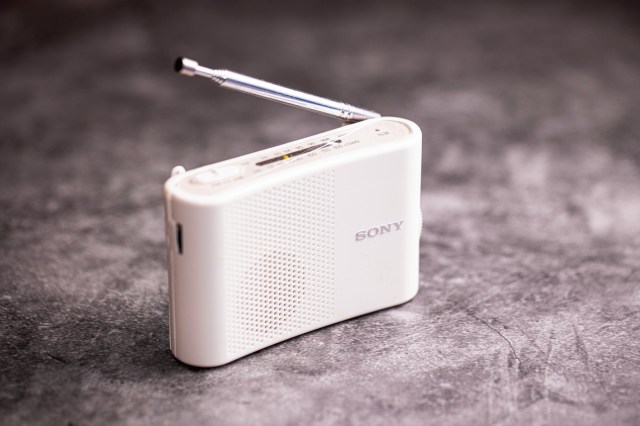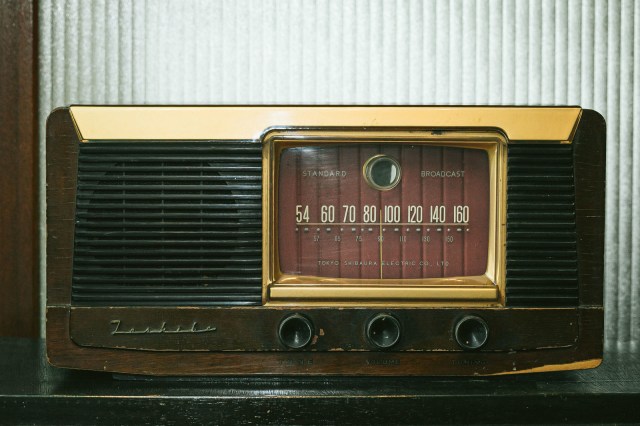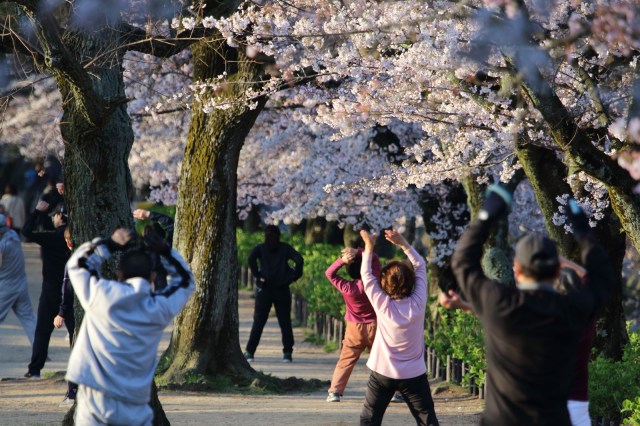
Amidst the number of closed businesses and beleaguered industries, one has made a surprise comeback.
Unsurprisingly, a pandemic is no good time for anyone or anything. From shuttered factory doors to cultural traditions ambling on their last legs, COVID-19 has done its work, in fact, even inspiring a new and now commonly used phrase for the worldwide turmoil it has caused: “koronaka,” or literally in English, “corona damage.” But like all things in life, some silver linings have arisen from this situation, and this is especially the case for the amateur radio community.
▼ Can’t wait to whip out grandmama and grandpapa’s old set!

According to the Japan Amateur Radio League (JARL), for the first time in 27 years, an increase in membership was recorded in 2020 with 578 new members, putting the total number of JARL participants at 65,788 individuals.
While 578 new members doesn’t sound like a monumental increase, it’s still rather impressive as given the plethora of smartphones nowadays and every-rising Internet usage, one would expect amateur radio’s popularity to exponentially wane over the years versus encountering any kind of growth in interest, or in the JARL’s case, membership. So why are folks in Japan pursuing amateur radio as their pandemic passion project? It comes down to two reasons: lack of human contact and easing of government restrictions.
▼ Maintaining those radio towers might seem like a lonesome endeavor, but it’s all the better with distant company.

With COVID-19 preventative policies stressing measures like social distancing, it’s no surprise some folks are bunkering down at home and looking for new as well as safe hobbies which don’t require going out or talking to other people face-to-face. Amateur radio is perfect for this, because all you really need is the proper paperwork and a radio, which contrary to popular belief, isn’t entirely a relic yet.
Interestingly enough, another factor completely unrelated to COVID-19 which has given the amateur radio community a boost in its numbers is a new ordinance passed by the Japanese government in March 2021, essentially easing restrictions on who can operate a radio. In the past, you would have to be a licensed radio operator, but with the government’s revisions, anyone can operate a radio station as long as they’re working with or are supervised by an individual who is already certified as a radio operator. Regardless of your personal background, it’s definitely become more accessible to reach out over Japan’s air waves.
▼ Let’s be real though: radio will never die in Japan as long as we have the iconic radio taiso, or radio calisthenics!

Naturally, for Japanese netizens who roam the Internet, both within its more familiar grounds and everything-goes frontiers, many were still mystified by the increase in amateur radio enthusiasts.
“Huh, I would’ve expected more YouTubers, but I guess the situation turned out like this.”
“Guys, they’re getting ready for post-apocalyptic society.”
“I’m interested in this, but gotta say, it’s a pain to rent out your own radio wave.”
“I wonder how many people you can communicate with over the radio though?”
On a finishing note, an additional silver lining to this situation is that more accessible radio operation means more telecommunication channels are available in dire times. Radio has played a large role in confirming the safety of individuals or delivering emergency announcements before, during, and after natural disasters, and with more amateur radio operators signing up, we’re certain their local communities will appreciate it, whether the new, local radio station belongs to an aspiring disc jockey or an etiquette enthusiast holding their own talk show.
Source: Sankei News via Hachima Kiko
Top image: Pakutaso
Insert images: Pakutaso (1, 2, 3)
● Want to hear about SoraNews24’s latest articles as soon as they’re published? Follow us on Facebook and Twitter!

No hay comentarios:
Publicar un comentario